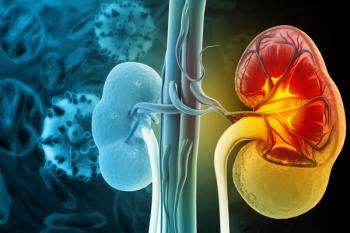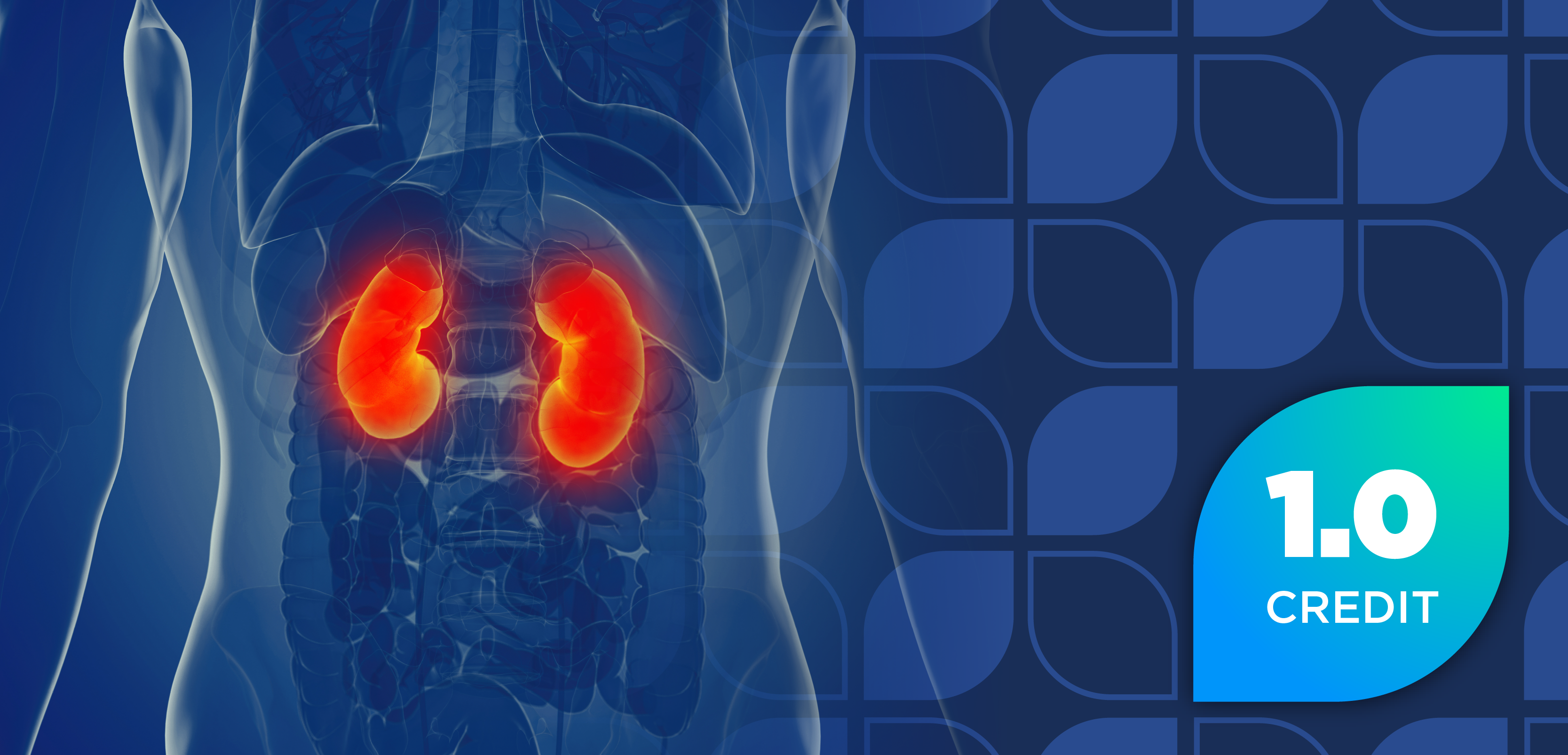
Clinical and Public Health Implications of Recent H5N1 Poultry Outbreaks
Key Takeaways
- Recent H5N1 outbreaks in US poultry farms highlight the virus' persistence and zoonotic risk, necessitating vigilance and preparedness.
- Human infections are rare, but the potential for virus adaptation and spillover events requires ongoing monitoring and readiness.
In recent months, the US has experienced a resurgence of H5N1 (highly pathogenic avian influenza, HPAI) outbreaks in commercial poultry operations, raising concerns among public health and veterinary authorities. These outbreaks carry implications for zoonotic risk, preparedness, and the role of pharmacists in outbreak education and antiviral readiness.
In October 2025, state agencies in Iowa, Minnesota, and Wisconsin reported H5N1 detections in new commercial poultry farms.1 These cases attest to the virus' persistence among birds and necessitate watchfulness. As a case in point, in Minnesota, a turkey farm in Le Sueur County had 33,000 birds euthanized, and a Wisconsin egg-laying facility of over 3 million birds has been infected.2 The Animal and Plant Health Inspection Service (APHIS) estimated the virus may have killed about 3.75 million birds in total across the country in the past month of the outbreak.2
These poultry outbreaks are not isolated: earlier this year, the US Department of Agriculture (USDA) reported H5N1 detections across 9 states, including several layer farms in Ohio.3 Meanwhile, scientific investigations suggest that novel transmission routes—for instance, via house flies or milk contamination—are under investigation in dairy cattle settings, raising concern about crossover risk beyond poultry.4 The virus is evolving and adapting, and cocirculation in farmed mammals may further amplify exposure risk.
The Johns Hopkins Center for Outbreak Response Innovation (CORI) highlights that human infections are infrequent; however, the virus is still multiplying in avian hosts, and extended viral shedding on a farm raises the possibility of both environmental contamination and infectious transfer to humans.⁵ The latest risk evaluation also makes the point that the risk for human health is minimal, but the scenario modeling provides a warning that virus transmissibility or adaptation may change the situation.⁵
Zoonotic Risk and Human Infection
Historically, H5N1 human infections have been rare; the infections were confined to people who had direct and extended contact with infected birds or environments contaminated with the virus.⁶ One of the instances of H5N1 infection in the US in 2022 was a poultry culling worker who got the virus from poultry that was presumably contaminated.⁷ Meanwhile, human-to-human transmission of the virus in a fast and efficient way has not been confirmed, and, therefore, the virus is still primarily avian.⁸
However, pandemic concerns remain real. The virus has some similarities in its genetic and biological aspects with the highly pathogenic influenza strains that have been the cause of previous pandemics, which is why even a spillover event of low probability requires being prepared.⁸ In addition, vaccine reserves against H5N1 are already stored in the US national stockpile, but distribution plans rely on a clear indication of need—they are not currently available for standard human vaccinations.⁹
What’s the Role of Pharmacists?
Pharmacists are uniquely positioned to support public health during zoonotic threats. The American Society of Health-System Pharmacists (ASHP) hosts an “Avian Flu Resource Center” to inform pharmacists and technicians on transmission dynamics, antiviral protocols, and patient counseling.¹⁰ They can reassure patients that the current risk of infection in the general public is low and that properly cooked poultry and eggs remain safe to consume. Staying current with guidance from the CDC and FDA on potential off-label use of antivirals such as oseltamivir is also critical, as these agents may retain activity against avian influenza strains.
Beyond patient counseling, pharmacists can contribute to local pandemic preparedness by engaging in community coalitions, supporting surveillance of influenza-like illness, and coordinating with health agencies on antiviral distribution. Within the pharmacy setting, reinforcing infection control practices—including respiratory hygiene, environmental cleaning, and proper use of protective equipment—helps safeguard both staff and patients if risk levels escalate.
Conclusion
Although the immediate public health risk from H5N1 to humans remains low, ongoing poultry outbreaks and viral shedding present a persistent threat. Pharmacists should remain informed, ready to support antiviral strategies, counsel patients responsibly, and engage in cross-sector preparedness efforts. With prudent vigilance, we can help mitigate zoonotic risk—while supporting the frontline response as these outbreaks continue to unfold.
REFERENCES
Center for Infectious Disease Research and Policy. Umn.edu. Published October 3, 2025. Accessed October 7, 2025.
https://www.cidrap.umn.edu/avian-influenza-bird-flu/h5n1-outbreaks-hit-more-commercial-poultry-3-states What’s the status of the H5N1 flu outbreak | Johns Hopkins Bloomberg School of Public Health. Johns Hopkins Bloomberg School of Public Health. Published July 22, 2025.
https://publichealth.jhu.edu/2025/whats-the-status-of-the-h5n1-flu-outbreak HPAI A(H5) Scenario-Based Human Health Risk Assessment. Updated March 6, 2025. chromeextension://efaidnbmnnnibpcajpcglclefindmkaj/https://publichealth.jhu.edu/sites/default/files/2025-03/CORI_RA-Narrative_HPAI_3.6.25.pdf
Center for Infectious Disease Research and Policy. Umn.edu. Published February 14, 2025.
https://www.cidrap.umn.edu/avian-influenza-bird-flu/avian-flu-hits-more-commercial-and-backyard-poultry-9-states Influenza, Avian | Johns Hopkins ABX Guide. Hopkinsguides.com. Published 2022. Accessed October 7, 2025.
https://www.hopkinsguides.com/hopkins/view/Johns_Hopkins_ABX_Guide/540288/all/Influenza__Avian Bird Flu (Avian Influenza). Hopkinsmedicine.org. Published March 18, 2025.
https://www.hopkinsmedicine.org/health/conditions-and-diseases/bird-flu Bartlett ML, Palese P, Davis MF, et al. Enhancing the response to avian influenza in the US and globally. The Lancet Regional Health - Americas. Published online April 2025:101100. doi:10.1016/j.lana.2025.101100
Global Summary of Recent Human Cases of H5N1 Bird Flu. Avian Influenza (Bird Flu). Published August 4, 2025.
https://www.cdc.gov/bird-flu/spotlights/h5n1-summary-08042025.html CDC. H5N1 Bird Flu: Current Situation. Avian Influenza (Bird Flu). Published April 11, 2025.
https://www.cdc.gov/bird-flu/situation-summary/index.html Avian Flu Resource Center - ASHP. Ashp.org. Published 2016. Accessed October 7, 2025.
https://www.ashp.org/pharmacy-practice/resource-centers/avian-flu-resource-center
Newsletter
Stay informed on drug updates, treatment guidelines, and pharmacy practice trends—subscribe to Pharmacy Times for weekly clinical insights.


























































































































































































































